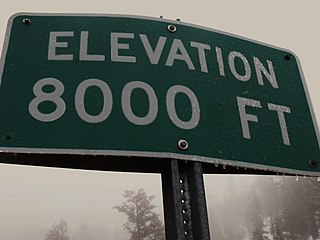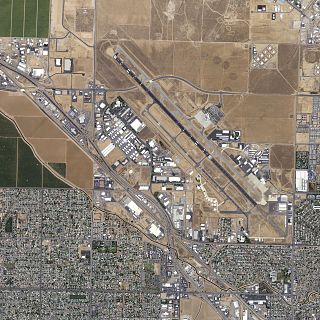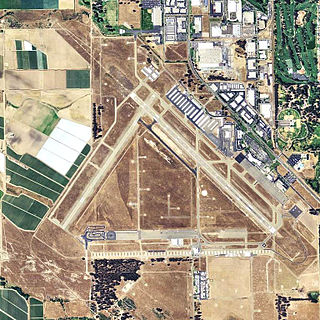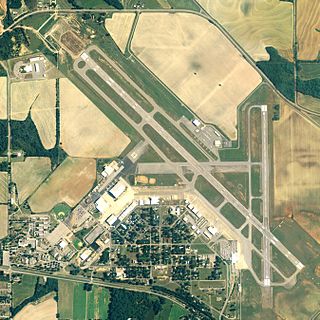Tuscaloosa Regional Airport Van De Graaff Field | |||||||||||||||
|---|---|---|---|---|---|---|---|---|---|---|---|---|---|---|---|
 NAIP image 2006 | |||||||||||||||
| Summary | |||||||||||||||
| Airport type | Public | ||||||||||||||
| Owner | City of Tuscaloosa | ||||||||||||||
| Operator | City of Tuscaloosa Department of Transportation, Airport Management Division | ||||||||||||||
| Serves | Tuscaloosa, Alabama | ||||||||||||||
| Location | Tuscaloosa County, Alabama, U.S. | ||||||||||||||
| Elevation AMSL | 170 ft / 52 m | ||||||||||||||
| Coordinates | 33°13′14″N087°36′41″W / 33.22056°N 87.61139°W | ||||||||||||||
| Map | |||||||||||||||
| Runways | |||||||||||||||
| |||||||||||||||
| Statistics (2016) | |||||||||||||||
| |||||||||||||||
Source: Federal Aviation Administration [1] | |||||||||||||||
Tuscaloosa Regional Airport( IATA : TCL, ICAO : KTCL, FAA LID : TCL) is 3.5 miles northwest of Tuscaloosa, in Tuscaloosa County, Alabama. [1] The airport is owned and operated by the City of Tuscaloosa. The FAA's National Plan of Integrated Airport Systems for 2011–2015 categorized the airport as a general aviation facility. [2]
An IATA airport code, also known as an IATA location identifier, IATA station code or simply a location identifier, is a three-letter code designating many airports around the world, defined by the International Air Transport Association (IATA). The characters prominently displayed on baggage tags attached at airport check-in desks are an example of a way these codes are used.

The ICAOairport code or location indicator is a four-letter code designating aerodromes around the world. These codes, as defined by the International Civil Aviation Organization and published in ICAO Document 7910: Location Indicators, are used by air traffic control and airline operations such as flight planning.

The Federal Aviation Administration (FAA) is a governmental body of the United States with powers to regulate all aspects of civil aviation in that nation as well as over its surrounding international waters. Its powers include the construction and operation of airports, air traffic management, the certification of personnel and aircraft, and the protection of U.S. assets during the launch or re-entry of commercial space vehicles. Powers over neighboring international waters were delegated to the FAA by authority of the International Civil Aviation Organization.
Contents
- Facilities
- History
- Origins
- World War II
- Commercial air service
- Attempts to restore commercial service
- See also
- References
- External links
Tuscaloosa Regional Airport had 2,400 commercial passenger boardings (enplanements) in calendar year 2011. [3] Most of this traffic was athletic charters from the University of Alabama. The Tuscaloosa Industrial Park is next to the airport.
Generally speaking, a calendar year begins on the New Year's Day of the given calendar system and ends on the day before the following New Year's Day, and thus consists of a whole number of days. A year can also be measured by starting on any other named day of the calendar, and ending on the day before this named day in the following year. This may be termed a "year's time", but not a "calendar year". To reconcile the calendar year with the astronomical cycle certain years contain extra days.

The University of Alabama is a public research university in Tuscaloosa, Alabama. It is the flagship of the University of Alabama System. Established in 1820, the University of Alabama (UA) is the oldest and largest of the public universities in Alabama. The university offers programs of study in 13 academic divisions leading to bachelor's, master's, Education Specialist, and doctoral degrees. The only publicly supported law school in the state is at UA. Other academic programs unavailable elsewhere in Alabama include doctoral programs in anthropology, communication and information sciences, metallurgical engineering, music, Romance languages, and social work.



























